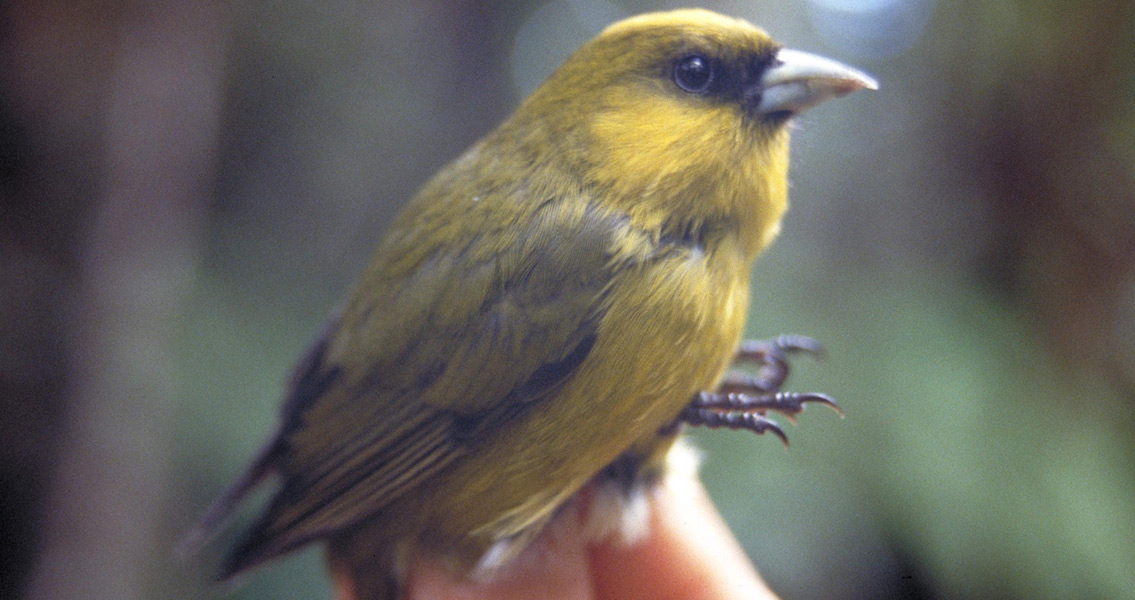<![CDATA[Three of the rarest birds in the world are in immediate danger of becoming extinct according to a new study by researchers with the U.S. Geological Survey (USGS). The three species, two which are known as honeycreepers, the 'Akikiki, the 'Akeke'e, and the secretive Puaiohi, also known as the Small Kauai Thrush, all inhabit a mere 25 square kilometer area within the Alakai Swamp on Kauai, the oldest of Hawaii’s main islands. The birds' tenuous existence is the result of several factors, including the loss of their native forest habitat, diseases like malaria; which is carried by mosquitos, and predators like feral cats and rats. The population of each of the two honeycreeper species is fewer than 1,000, while the Puaiohi is in an even graver position with a total population under 500. After songbirds somehow found their way to Hawaii millions of years ago, dozens of unique species evolved and adapted perfectly to this remote tropical paradise. However, Hawaii is often referred to as the extinction capital of the world, so this isn’t a new problem for species inhabiting any of the Hawaiian Islands. Polynesians arrived on Kauai in 400 A.D., and westerners followed in 1778. Since then, 71 of 113 birds endemic to Hawaii have become extinct according to the American Bird Conservancy group. Of the remaining 42 native species, 33 are listed as endangered. Of the original 13 bird species on the island of Kauai, 7 have disappeared and five of those were wiped out in the last 50 years. USGS researchers used a database of species sightings, distribution models and climate projection for the region to reach their findings, most notably the conclusion that if the destruction of habitat and the effects of climate change remain unchecked half of the remaining species of forest birds (10 out of 20) in the state could conceivably lose more than 50% of their natural habitat. Additionally, six of those species could lose more than 90% of their habitat, and the ‘Akikiki, 'Akeke'e and Puaiohe could lose everything. Researchers are anxious to note that although dire, the findings are indicative of the outcome if no action is taken, whereas if the primary causes of the birds' decline are addressed, then there’s still hope. According to the study, any attempt at conservation needs to include efforts to contain and control the transmission of malaria and its mortality rate among the forest birds. While acknowledging the threat of climate change and disease to these species, the project leader of the Kauai Forest Bird Recovery Project has stated that the conservation efforts should focus on habitat, where there are far more opportunities to affect change. The program is already trapping predators to be relocated, and several populations of birds located on Kauai have naturally developed a resistance to avian diseases like malaria These three birds represent the connectivity, uniqueness and threatened condition of Hawaii’s lands and are an integral part to the health of Hawaii’s forests, which can’t afford the loss of more species. ]]>
Rare Hawaiian Birds Face Extinction Without Immediate Action
